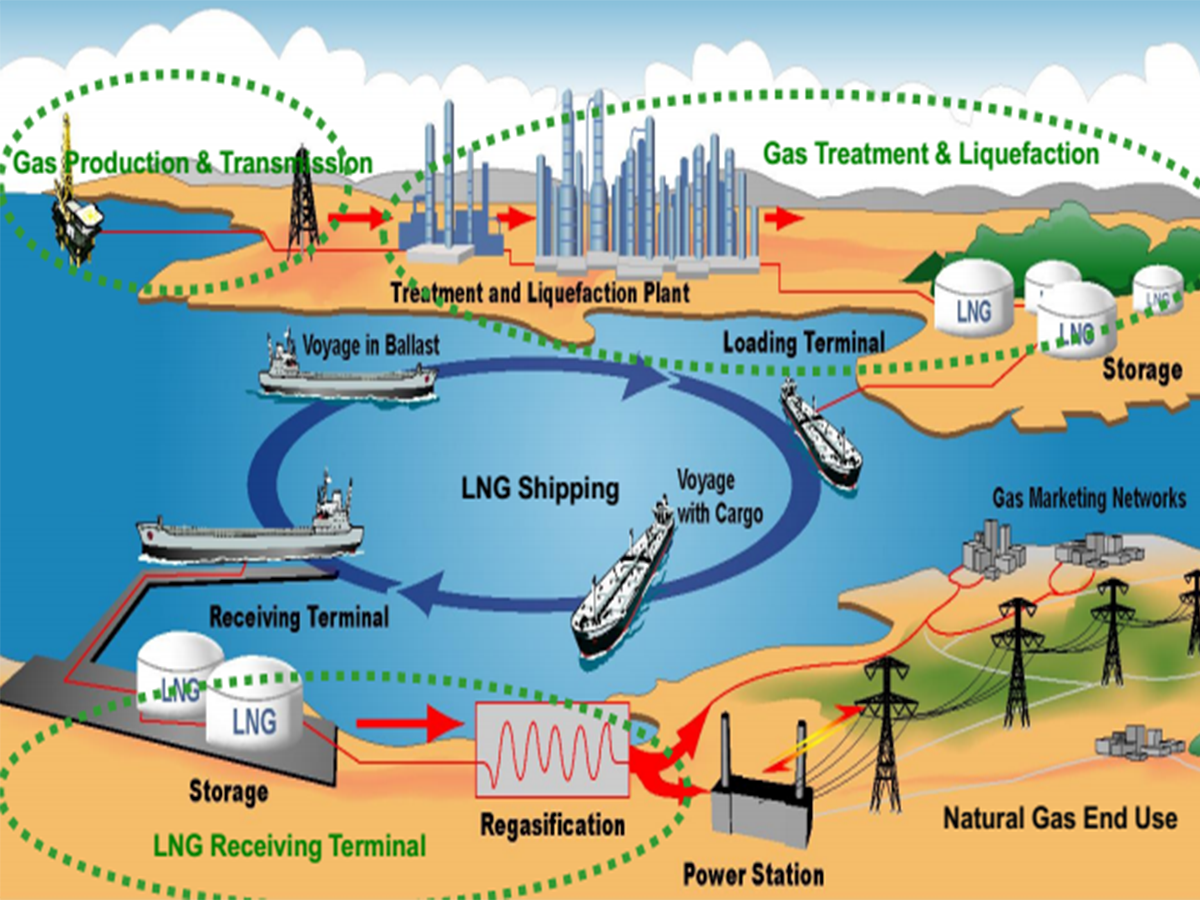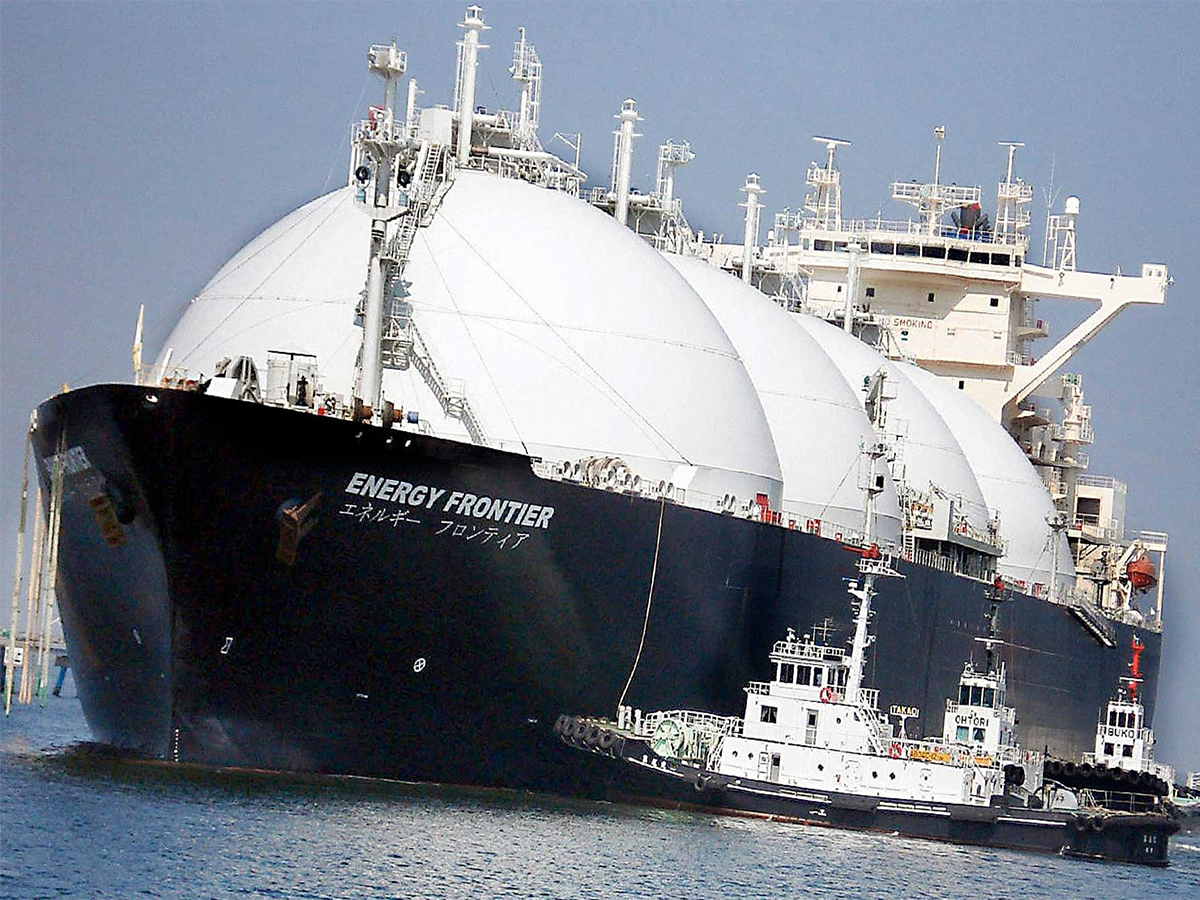Understanding the Factors Affecting Liquefied Natural Gas Prices
Introduction
Liquefied Natural Gas (LNG) has become an increasingly important energy source globally, with its demand growing steadily over the years. As the world shifts towards cleaner and more sustainable energy options, the price of LNG has become a significant factor to consider. In this blog post, we will delve into the factors that influence the price of liquefied natural gas and how they impact the market dynamics. By understanding these factors, you will gain insights into the fluctuations in LNG prices and make informed decisions in this ever-evolving industry.
See More How Is Lng Produced? Collection
1. Supply and Demand Dynamics
The fundamental principle of supply and demand plays a crucial role in determining the price of any commodity, and LNG is no exception. When the demand for LNG outstrips the supply, prices tend to rise, and vice versa. Several factors influence the supply and demand dynamics of LNG, including:
More About Us: SOUTHERN GAS TRADING JSC
a. Economic Growth and Industrialization
The growth of emerging economies and increased industrialization have led to higher energy consumption, driving up the demand for LNG. Countries like China and India have significantly increased their LNG imports to meet their growing energy needs. As the global economy expands, the demand for LNG is expected to continue rising.
b. Seasonality
LNG consumption also exhibits seasonality due to varying weather conditions. During colder months, countries in colder regions rely heavily on natural gas for heating purposes, leading to increased demand and potentially higher prices. Conversely, warmer seasons may see reduced demand for LNG.
c. Energy Transition
The shift towards cleaner and greener energy sources has fueled the demand for LNG as a substitute for other fossil fuels like coal and oil. Governments worldwide have been incentivizing the use of natural gas for power generation, leading to increased demand for LNG.
2. Production Costs
The cost of producing LNG is a significant factor that affects its price. The production costs encompass various elements, including:
a. Exploration and Production
Exploration and production costs involve identifying potential natural gas reserves, drilling wells, extracting natural gas, and processing it into LNG. The complexity of these activities can vary depending on the location and accessibility of natural gas reserves, affecting production costs.
b. Liquefaction Process
The liquefaction process involves cooling natural gas to extremely low temperatures to convert it into a liquid state for transportation. This process requires substantial energy input and specialized infrastructure, contributing to the overall production costs.
c. Transportation
Transporting LNG from production sites to consumption centers involves specialized vessels or pipelines. The distance between the source and destination, infrastructure availability, and geopolitical factors may impact transportation costs.
3. Infrastructure Development
The availability and adequacy of infrastructure play a crucial role in determining LNG prices. Insufficient infrastructure can lead to transportation bottlenecks, delays, and increased costs. Key infrastructure aspects that affect LNG prices include:
a. Liquefaction Terminals
LNG liquefaction terminals are essential facilities where natural gas is converted into LNG. The number and capacity of these terminals influence the overall production capabilities and subsequently impact prices.
b. Storage Facilities
Storage facilities are crucial for balancing supply and demand fluctuations. Insufficient storage capacity can lead to price volatility during peak demand periods or disruptions in supply.
c. Regasification Terminals
Regasification terminals are responsible for converting LNG back into its gaseous form for distribution through pipelines. The presence of an adequate number of regasification terminals ensures timely delivery and distribution of LNG.
4. Geopolitical Factors
Geopolitical factors can significantly impact LNG prices due to their influence on supply routes, trade agreements, and market stability:
a. Political Stability
Political stability in both producing and consuming countries is essential for maintaining a consistent supply chain and stable prices. Any political unrest or conflicts can disrupt production or transportation routes, leading to price fluctuations.
b. Trade Policies
Trade policies, including taxes, tariffs, and import/export regulations, can affect the cost of importing or exporting LNG. Changes in trade agreements or imposition of trade barriers can impact prices by increasing transaction costs or limiting market access.
c. Geographical Location
The geographical proximity of LNG producers to consumers plays a role in determining prices due to transportation costs. Producers located closer to major demand centers may have a competitive advantage over those farther away.
5. Environmental Regulations
Increasing concerns about climate change have resulted in stricter environmental regulations worldwide. These regulations can impact LNG prices through various mechanisms:
a. Carbon Pricing
Carbon pricing mechanisms such as carbon taxes or emissions trading schemes can increase the cost of producing or consuming LNG. These costs are often passed on to consumers, affecting prices.
b. Renewable Energy Substitution
As renewable energy sources become more economically viable, governments may incentivize their adoption over fossil fuels like natural gas. This shift in energy mix can impact the demand for LNG and subsequently affect prices.
Conclusion
The price of liquefied natural gas is influenced by a multitude of factors, ranging from supply and demand dynamics to production costs, infrastructure development, geopolitical factors, and environmental regulations. By understanding these factors, industry stakeholders can make informed decisions and respond effectively to market fluctuations. As the world transitions towards cleaner energy sources, tracking the dynamics of LNG prices becomes even more critical for businesses, policymakers, and consumers alike.
#what_is_the_lng, #pgscomvn, #pgs_com_vn, #whatisthelng, #what_is_the_lng, #pgscomvn, #pgs_com_vn/

Nhận xét
Đăng nhận xét